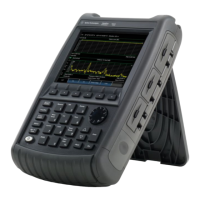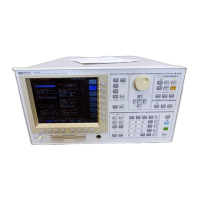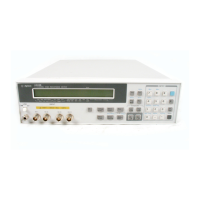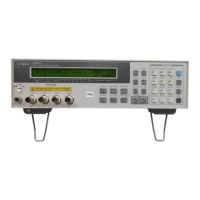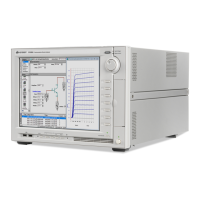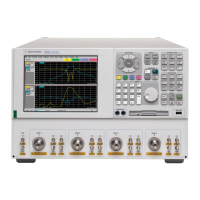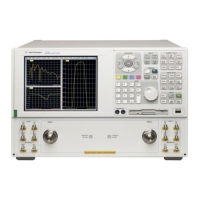DTF (Distance to Fault) Measurements 35
Then use the ▲|▼ arrows to select a field,
o When editing Cable Description information, press Edit then modify the
selected field using the FieldFox labeler.
o When editing Frequency/Loss pairs, enter numbers using the numeric
keypad, then select a frequency suffix. Then Enter. Learn more about “How
the Freq/Loss pairs are applied” below.
Optionally choose from the following:
o Previous / Next Page Quickly scrolls through pages of Freq/Loss data.
o Add Data Add a blank Freq/Loss pair to the table,
o Delete/Clear then:
o Delete Line Remove the selected Freq/Loss pair from the table.
o Clear All then Yes Remove all Freq/Loss pairs from the table and resets
header information to default settings.
Press Done to close the Cable Editor.
How to Save or Recall a Cable
Press Save Cable to saves your changes to the specified Storage Device. Enter
a filename using the FieldFox labeler (learn more on page 164). Learn more
about Cable files below.
Press Recall Cable to load a Cable file from the specified Storage Device.
Storage Device Changes the device used to save or recall Cable files. This is a
different setting from the Save/Recall Storage Device setting. Choose from
Internal (default setting), USB (must be connected) or SD card.
About Cable files
Cable files are saved to, and recalled from, the Cables folder. If the folder does
not already exist on a USB or SD card, it is created automatically before
storing the file.
Cable files are stored as *.xml files. Existing cable files that are preloaded into
the FieldFox firmware can be overwritten. Your edited file will NOT be
overwritten when firmware is updated.
How the Freq/Loss pairs are applied
When the cable file contains one Freq/Loss pair, that correction value is applied
to the entire displayed frequency span.
When the cable file contains two or more Freq/Loss pairs, the Loss value that is
used is interpolated from the Freq/Loss pairs and the DTF center frequency. For
example, using a cable file with the following Freq/Loss pairs:
1 GHz: 0.1 dB/m
2 GHz: 0.2 dB/m
The center frequency for the measurement is determined from the calculated
(Stop – Start) frequency values (seen on the second page of DTF Settings):
Calculated Start = 2.0 MHz
Calculated Stop = 3.598 GHz
